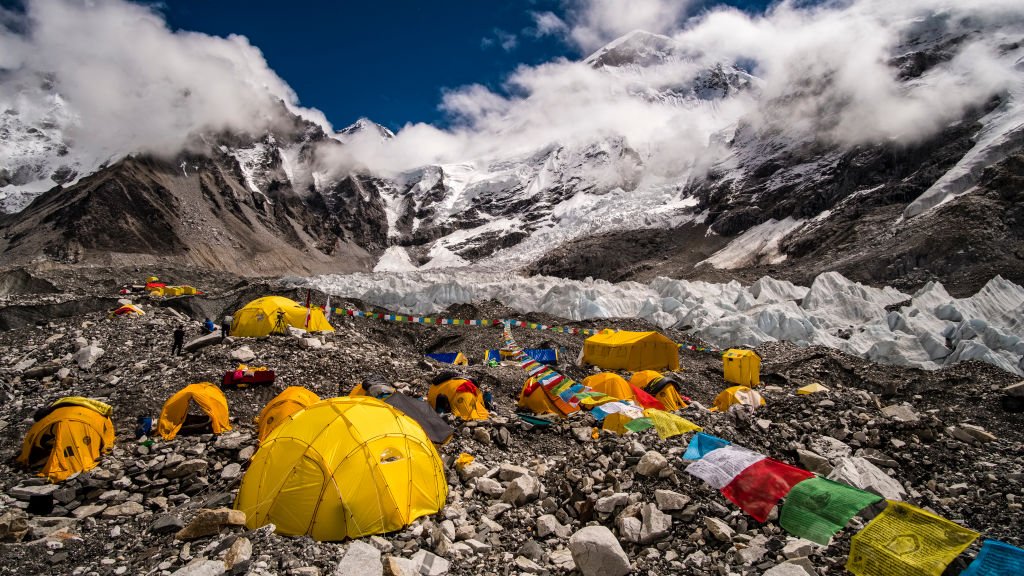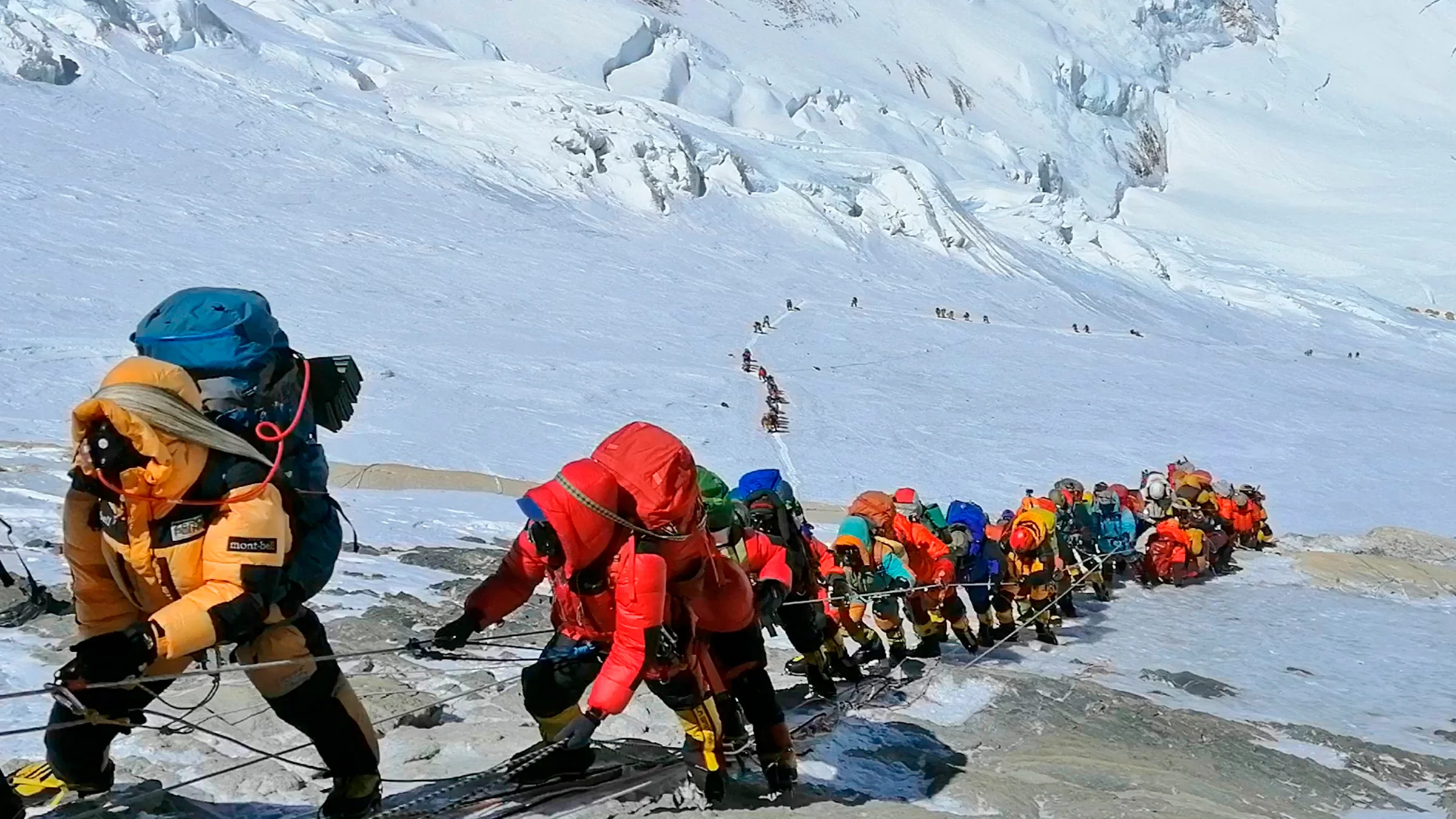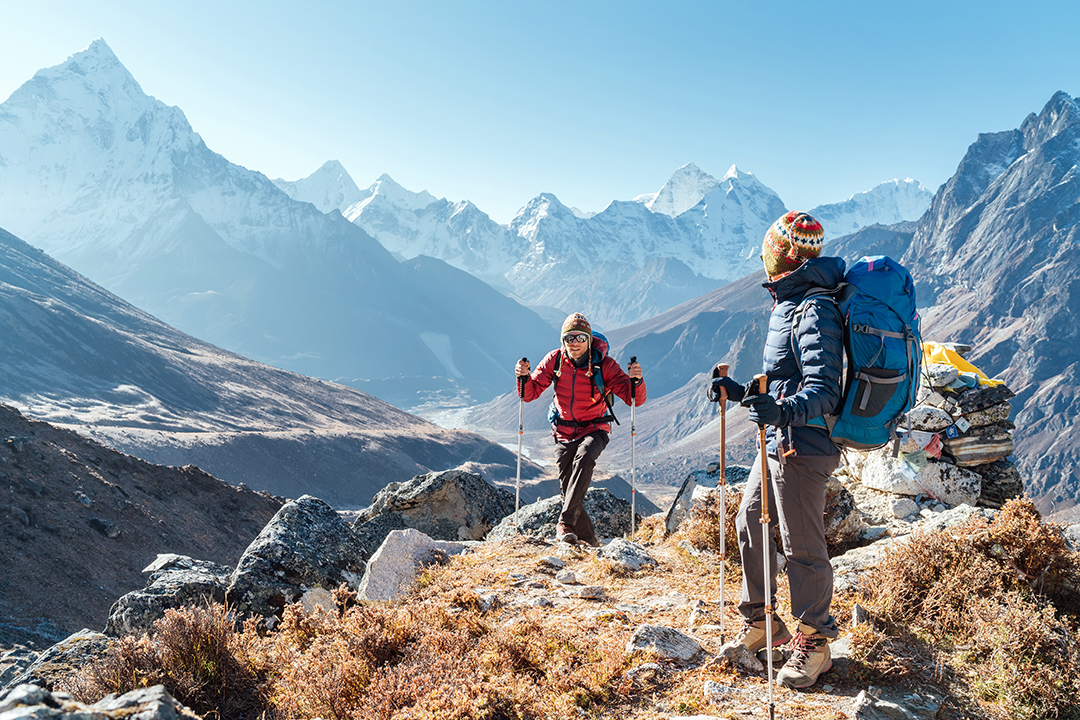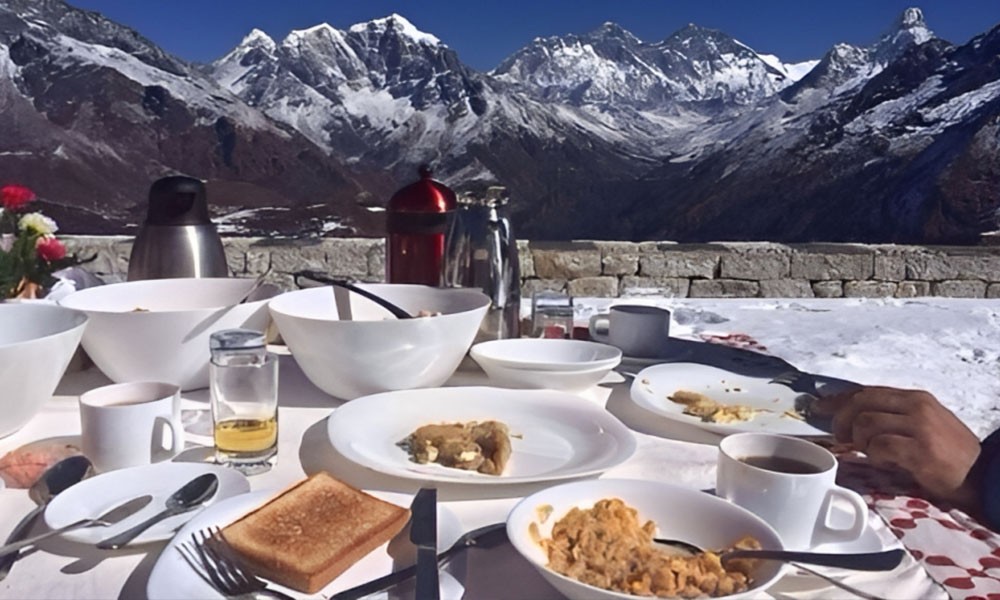
Trekking Permits and Regulations
Trekking in the Everest region requires obtaining specific permits to ensure the safety of trekkers and to protect the environment and local culture. The necessary permits include the Sagarmatha National Park Permit, the TIMS Card (Trekkers’ Information Management System), and potentially special permits for restricted areas. Here's a more detailed explanation of these permits and regulations:
Sagarmatha National Park Permit
The Sagarmatha National Park is a UNESCO World Heritage Site, and trekkers need a permit to enter this protected area. This permit helps to control the number of visitors and ensures the conservation of the park’s unique biodiversity. The permit also contributes to the funding of the park’s maintenance and preservation efforts.
TIMS Card (Trekkers’ Information Management System)
The TIMS Card is a mandatory permit for all trekkers in Nepal, designed to keep track of trekkers for safety and security purposes. It helps authorities identify trekkers in case of emergencies and ensures that trekkers are properly accounted for. The card is especially important in remote regions like the Everest area, where assistance may be difficult to access quickly.
Everest Region Special Permit
For certain areas beyond the main Everest Base Camp route, trekkers need a special permit. These areas, such as Gokyo Lakes, Rolwaling Valley, and others, are considered restricted zones due to their proximity to the border or their unique environmental significance. This permit helps manage visitor access to these sensitive areas, ensuring that tourism does not negatively impact the environment or local communities.
Khumbu Pasang Lhamu Rural Municipality Permit
In addition to the main trekking permits, trekkers heading to areas like Lukla, Namche Bazaar, and beyond, require a permit for entering the Khumbu Pasang Lhamu Rural Municipality. This permit supports the local administration and helps regulate the number of visitors in the region.
Why Permits and Regulations Are Necessary:
- Conservation: The Everest region is an ecologically sensitive area, home to unique wildlife and plant species. Permits help fund conservation efforts to maintain the beauty and biodiversity of the region.
- Safety: By tracking the number of trekkers and ensuring they are properly registered, authorities can quickly respond in case of emergencies such as altitude sickness, injuries, or other issues.
- Cultural Protection: Permits also help ensure that trekkers are aware of and respect local cultures, traditions, and customs, which is vital for maintaining the social fabric of the Sherpa communities in the region.
- Sustainable Tourism: By regulating access, these permits help manage the flow of trekkers, preventing overcrowding and ensuring that tourism remains sustainable in the long term.
The process of obtaining these permits typically involves applying at the Nepal Tourism Board in Kathmandu or through licensed trekking agencies. Having the right permits ensures trekkers can enjoy their adventure responsibly while respecting the natural and cultural heritage of the Everest region.



